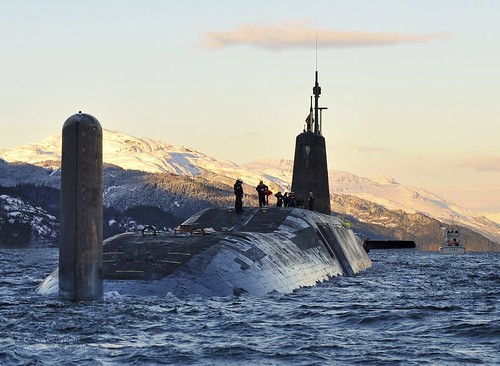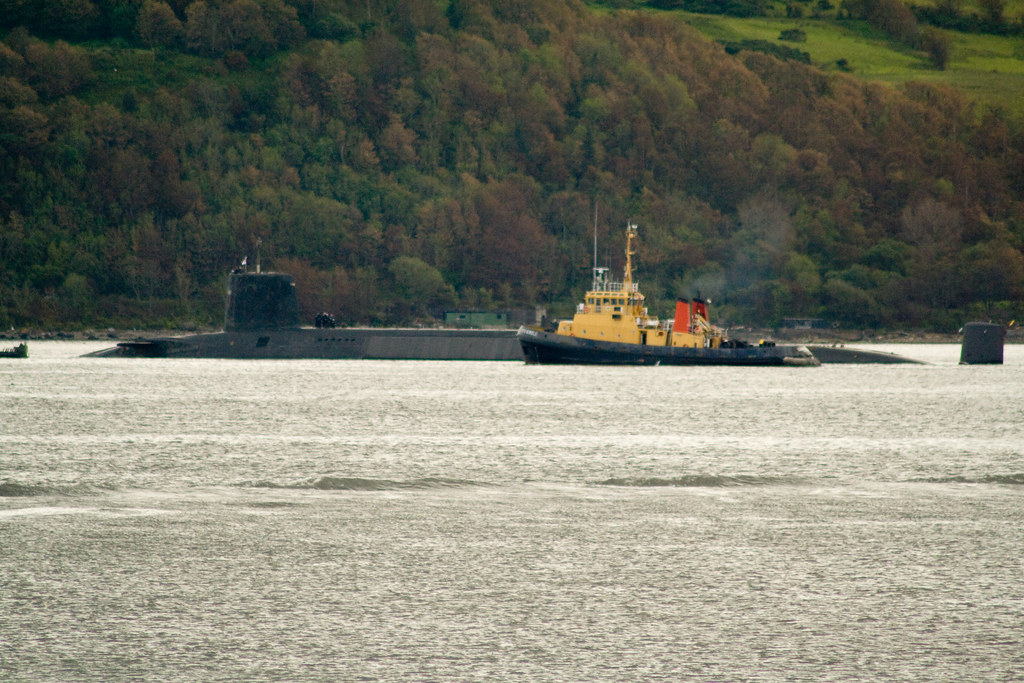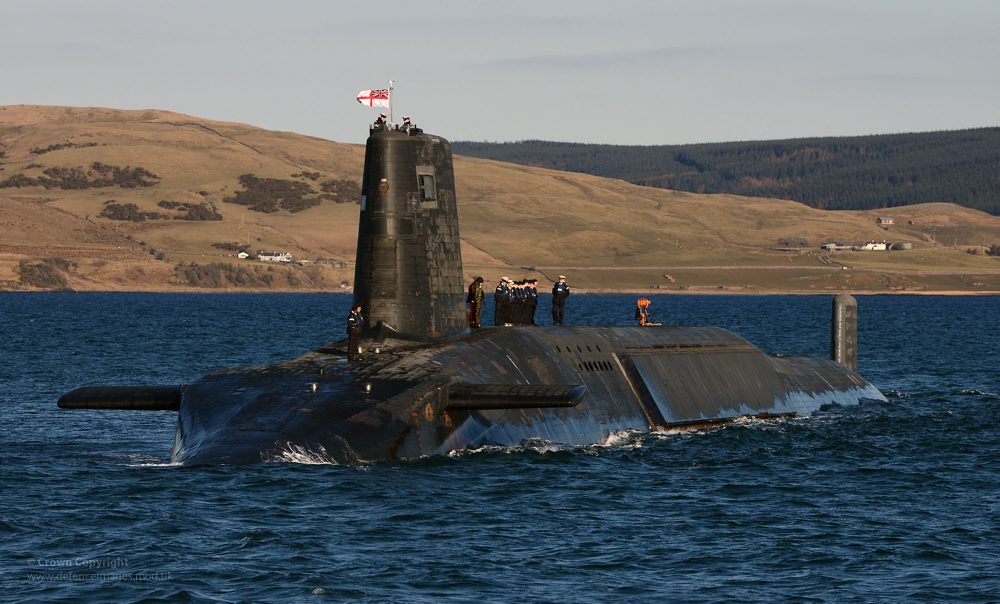
The United Kingdom’s Vanguard-class submarines, colossal underwater fortresses equipped with Trident missiles, represent a potent symbol of national security and deterrence.

These 16,000-ton giants have played a crucial role in safeguarding the nation since the Cold War.

As they near retirement, they leave a legacy that is set to be continued by the forthcoming Dreadnought class, ensuring that Britain’s sea-based nuclear capability remains robust well into the 2060s.

Similar to many Western military systems developed during the Cold War, the Vanguard class was conceived by Britain to serve as a deterrent against the Soviet Union.

In contrast to the United States, which adopted a deterrence strategy centered on a comprehensive nuclear triad, the UK placed greater emphasis on sea-based nuclear deterrence.

The Resolution-class submarines were outfitted with Polaris missiles.

Introduced to the Royal Navy in 1994, these submarines – Vanguard, Victorious, Vigilant, and Vengeance.

The Vanguard class submarine houses the United Kingdom’s crucial nuclear deterrent, the Trident missile.

These arms have the capability to strike targets as far as 4,000 miles away and are discharged from the vessel’s ballistic missile tubes using “high-pressure gas before ignition upon reaching the water’s surface,” a description provided by the Royal Navy.

In addition to their primary role, the Vanguard-class vessels are equipped with Spearfish heavyweight torpedoes capable of striking targets with a 660-pound explosive charge.

Their Thales Underwater Systems Type 2054 composite sonar system is reportedly advanced enough to locate ships over 50 miles away.

The endurance of these submarines is also noteworthy, with an estimated operational window of 60 days due to their nuclear propulsion, enabling them to traverse the ocean depths for extended periods without the need for refueling.

However, these leviathans of the deep are not without their vulnerabilities. In an incident that could have had dire consequences, the failure of a main depth gauge on one of the Vanguard-class submarines was reportedly prevented from becoming a catastrophic event thanks to a backup depth gauge.

This near-miss, which occurred as the submarine was preparing for patrol, underscores the constant need for vigilance and the inherent risks associated with operating these complex machines.

“The commander of the Russian Northern Fleet should have absolute confidence that the armed patrol bomber is ready,” stated James Heappey, UK armed forces minister, reinforcing the message of British maritime readiness despite the close call.
Relevant articles:
– Naval Giant: The Vanguard-Class Missile Submarine Has Just 1 Mission, The National Interest
– Commander, Submarine Force, U.S. Pacific Fleet, Commander, Submarine Force, U.S. Pacific Fleet (.mil)
– Second depth gauge saved UK Vanguard nuclear sub diving dangerously low, defense minister says, Breaking Defense
– Fleet Ballistic Missiles, Lockheed Martin
